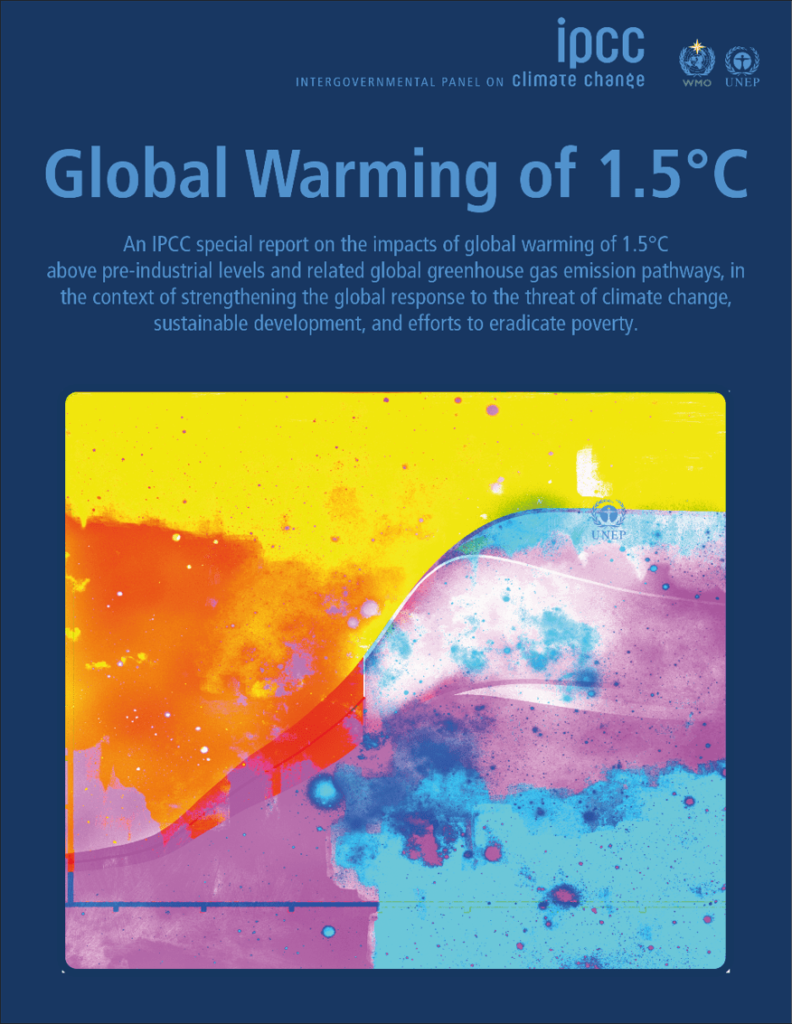New report delivers stark message on climate change
- PostedPublished 1 December 2018
Although the Paris Agreement that was reached in 2015 marked the beginning of a global effort to limit temperature rise for this century to 2.0°C above pre-industrial levels, with the ideal outcome being 1.5°C, a new report published by the UN’s Intergovernmental Panel on Climate Change has highlighted the impact of any change beyond this temperature.
For instance, one stark example demonstrates that a global temperature rise of 1.5°C would result in the destruction of 70-90 per cent of all coral reefs.
A 2.0°C hike in temperature, on the other hand, would cause the destruction of effectively all known reefs – as well as raising the sea level, by 2100, to 10cm higher than that caused by a 1.5°C hike in global temperature.
Efforts are already being made to reduce the emissions of chemicals that harm the ozone and cause global warming in order to curb rising temperatures. The IPCC’s report, however, states that these will not be sufficient enough to limit the global temperature rise to just 1.5°C.
In order to avoid a runaway global warming situation, the IPCC suggests that immediate action is taken to greatly reduce dangerous short-lived climate pollutants (SLCPs) – including methane, hydrofluorocarbons (HFCs), tropospheric ozone and black carbon.
Reportedly, a great reduction in the emissions of these chemicals – in conjunction with the ongoing cuts in carbon dioxide (CO2) emissions – could avoid over half a degree of global warming by 2050.

Critically, this would also more than halve the expected warming in Arctic areas by 2050; as a result, the chance of CO2 and methane emissions from thawing Arctic permafrost would be significantly reduced.
“Without action on short-lived climate pollutants there is little chance to reach the Paris Agreement’s 1.5˚C goal,” said Helena Molin Valdes, Head of the Climate and Clean Air Coalition Secretariat.
“We have the tools and proven technologies and policies to help countries achieve immediate reductions, and by doing so we can solve air pollution and climate simultaneously.”
Currently, methods to reduce SLCPs include the replacement and disposal of HFCs – from air conditioning and refrigeration systems – and a reduction in the use of black carbon-emitting engines and power production facilities.
If action is taken quickly, as suggested in the IPCC’s paper, it may be possible to keep the Earth’s climate in a comparatively safe condition.
“Without action on short-lived climate pollutants there is little chance to reach the Paris Agreement’s 1.5˚C goal,” added Molin Valdes.
Fortunately, in a further move that will help counter global warming, the European Union ratified the Kigali Amendment to the Montreal Protocol in September.
EU member states have to ratify the Amendment individually but the EU has been phasing down HFC usage since 2015 – and, when the Amendment commences on 1 January 2019, it will further serve to cut HFC usage and slow global warming.
- CategoriesIn SightGlass
- Tagsclimate change, environment, SightGlass News Issue 15

